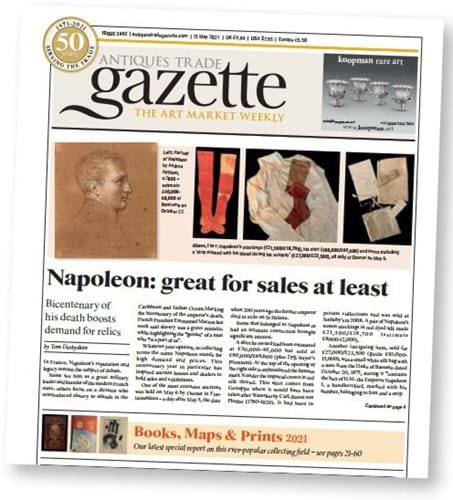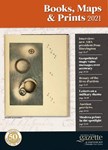His final words had barely escaped his lips when the frantic search to find relics associated with the life that had just slipped away began.
Who would have thought that 200 years and two world wars later it would still be in full swing?
In truth it had started well before then. Dr Verling, who for a short time was resident doctor at Longwood House after the dismissal of Barry Omera, told the story of how he came into possession of several sheets of writing paper headed with the classical bust of Napoleon and the legend Napoleon Emperor and king.
Having such items on St Helena was forbidden. One of Napoleon’s servants had given them to Verling.
One day, on entering his room, Verling found a high-ranking English officer holding the sheets. The officer turned to Verling and said ‘where did you get these?’. Verling hung his head and told his story. The officer listened and said ‘can you get me some?’.
Why this man can still command such devotion from a myriad of collectors and institutions has more to do with the way he endured his time on St Helena, slowly watching his will to continue eroded by the hopeless situation and petty regulations imposed by the governor, Sir Hudson Lowe.
One English soldier writing to his sister in Somerset from St Helena said: “It is one thing to exile a man but quite another to teare him apart one piece at a time – I have all ways hated Bonaparte, now I can only admire him.”
I have no doubt that in 100 years the tricentenary of Napoleon’s death will still be attracting buyers.
Graham Bowers
Newport, Isle of Wight













